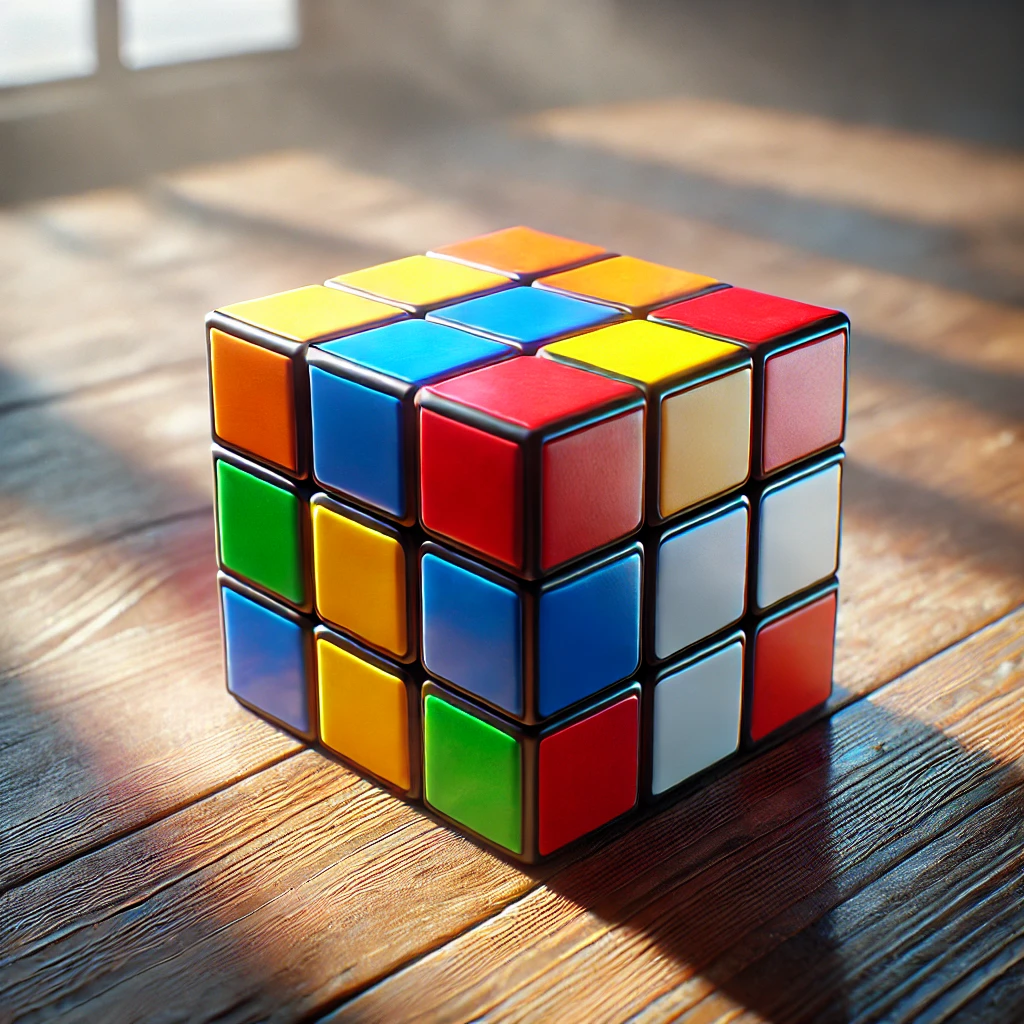May 19, 2024 marked the 50th anniversary of the Rubik's Cube, created by Erno Rubik, a Hungarian architecture professor who designed the cube to teach about multi-dimensional spatial relationships. See the photo on the front page of this morning's Wall Street Journal. It became a challenging puzzle and toy around the world, and showed how individual parts of a cube could be moved to an ultimate structure and solution.

At FLOCK Advisors, we use the Rubik's cube as a symbol for disciplined problem solving, which is what we do for both customers and shareholders. While solving a Rubik's cube is quite a challenge, there are patterns and processes that make it work. But one needs to know how to spot them and how they are sequenced. To succeed, a Rubik's cube aficionado must have strategic thinking skills, a good memory, good concentration, the ability to see patterns, steps to achieve a goal, and lastly, perseverance.
Some of the same characteristics of processes, patterns, and skills required to succeed in chess are similar. Winners at chess must think strategically and be able to see patterns in sequences. They must focus and concentrate on an end goal and an outcome, and memory of patterns and paths is as critical as the logic behind those moves. Chess also requires perseverance and patience, and the ability to learn from mistakes. Sometimes we must move backwards to move forward.
These are lessons for business and in life. More on this to come.
